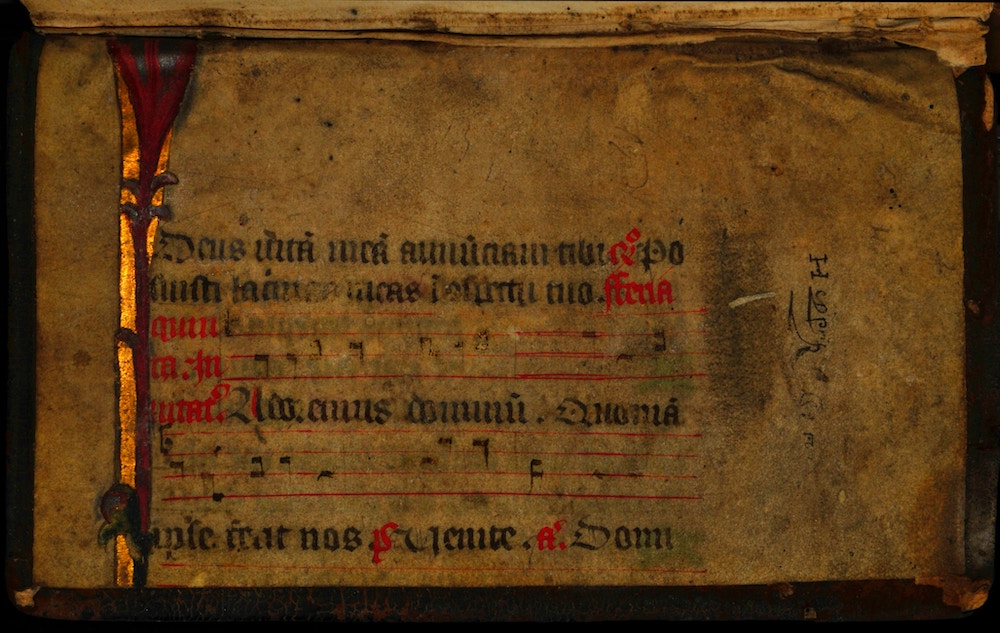
Discovering the Roots of Musical Expression
The first genre in our musical timeline is Early Music. Music has always been an integral part of human culture and history, and its evolution has shaped the way we understand and experience the world. Before the Renaissance era, music took on various forms, reflecting the beliefs, traditions, and social practices of different civilizations. In this blog post, we’ll embark on a journey through time, exploring the musical landscape that existed before the Renaissance, and uncovering the diverse sounds and melodies that once filled the air.
Ancient Music: The Dawn of Harmonies
In the prehistoric era, our ancestors used simple materials like bones, shells, and reeds to create the earliest musical instruments. Music played a crucial role in religious ceremonies, rituals, and communal gatherings of ancient civilizations such as Mesopotamia, Egypt, Greece, and Rome. People believed that music had divine origins and the power to connect them with the spiritual realm.
Medieval Music: From Chants to Troubadours
The Medieval period, spanning from the 5th to the 15th century, witnessed a more structured approach to music. One of the dominant forms of this time was Gregorian chant, a form of monophonic, unaccompanied singing used in Christian liturgical settings. The sacred music reverberated through the grand cathedrals and monasteries, creating an atmosphere of deep devotion.
Alongside religious music, secular music began to emerge, with troubadours and trouvères composing songs of chivalry and courtly love. These musicians performed with instruments like the lute and vielle, entertaining nobles and commoners alike.
The Birth of Notation: Preserving Melodies on Paper
During the Medieval period, musical notation evolved from a simple memory aid to a more sophisticated system for representing music. The early notation allowed musicians to preserve and pass down musical ideas and compositions. It laid the foundation for future generations to build upon and expanded the possibilities for musical expression.
Instruments of the Past: From Lyres to Drums
The musical instruments around in early music times were diverse and varied. Lyres, harps, pipe organs, recorders, hurdy-gurdies, bagpipes and various drums enriched the sonic tapestry of these times. Different regions had unique instruments, each carrying cultural significance and being used in both sacred and secular music. The sounds of these instruments reverberated through history, leaving an indelible mark on the musical journey.
The Oral Tradition: Music Passed Down through Generations
Before the advent of widespread literacy and music notation, musicians would talk to each other and pass on their music through an oral tradition. Musicians learned songs and techniques by listening, imitating, and passing down their knowledge from one generation to the next. This oral transmission added a distinct human touch to the music, connecting people across time through shared melodies and rhythms.
Conclusion
Watch this video from Classic FM which quickly recaps the evolution.
Early music was a fascinating journey through time. People in ancient civilizations used simple instruments and chants for religious ceremonies. During the Medieval period, beautiful Gregorian chants filled the churches, and troubadours entertained with songs about love and chivalry. Music notation started to develop, allowing musicians to write down their melodies.
Instruments like lyres, harps, and drums added unique sounds to the music of those times. Communities and families passed down music through stories and by listening, connecting people across generations.
Early music from composers Thomas Tallis and Josquin Després are featured on our site.
This musical past was a prelude to the Renaissance, where even more incredible changes and innovations would occur. Music has always been a powerful way to express ourselves, and looking back at its history helps us understand its impact on human culture and society. As we move forward, let’s continue to be inspired by the melodies of the past, guiding us to create even more beautiful harmonies for the future.
Pingback: Tallis Sheet Music